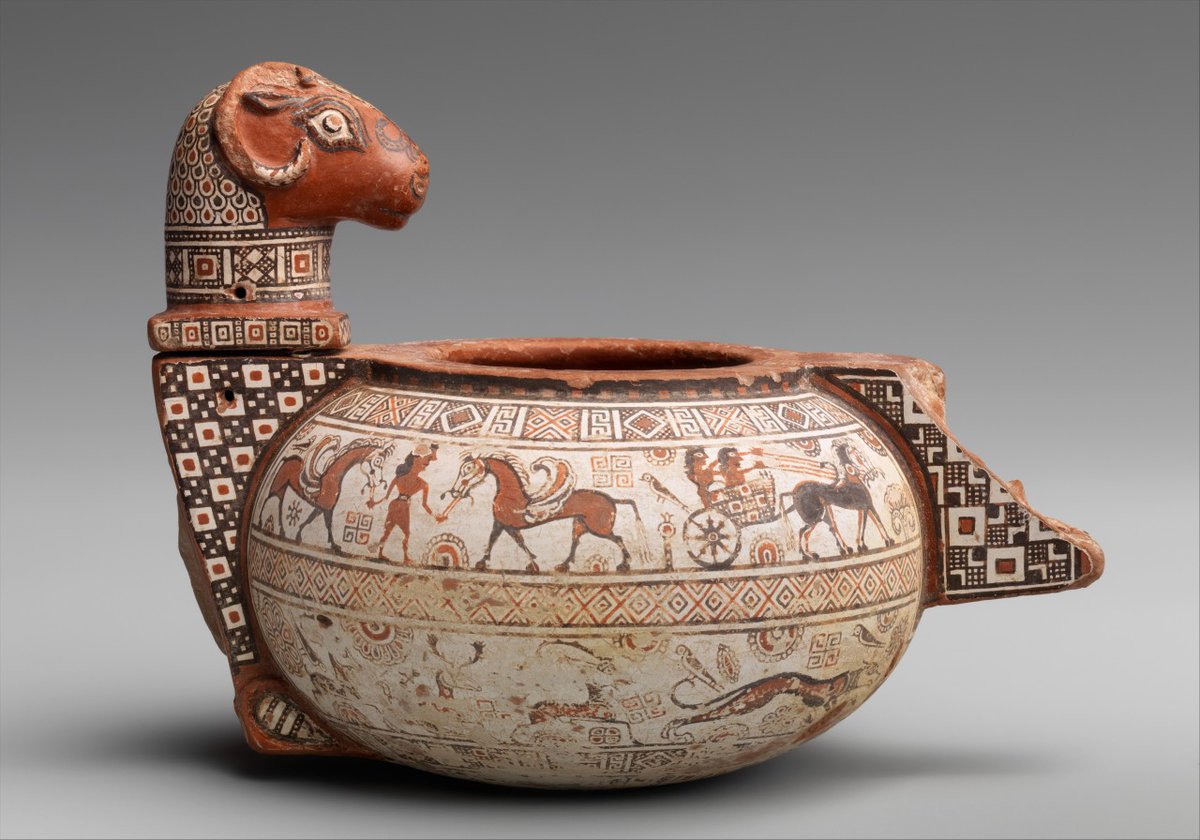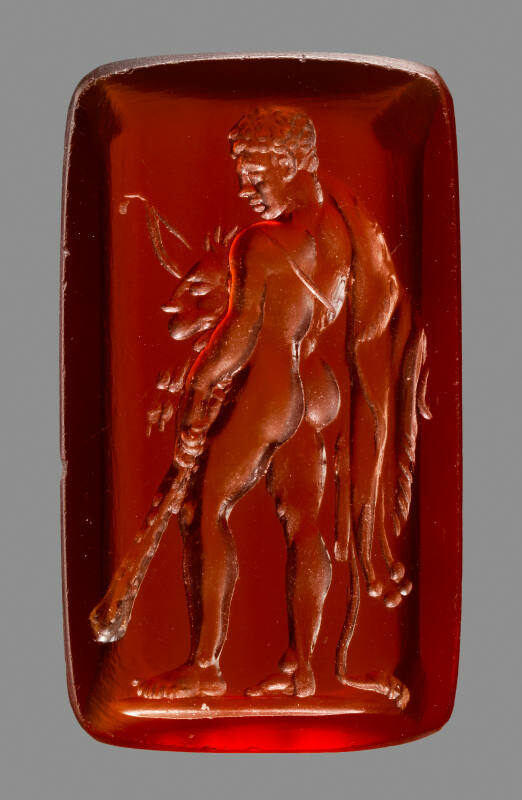
Archaeology & Art
@archaeologyart
Archaeology, Art, Museums, Vintage Maps, Old Photos and more. For archaeology enthusiasts: Explore Rome’s history,tours,and tickets at colosseumrometickets.com
ID: 765618069062422528
https://colosseumrometickets.com/ 16-08-2016 18:35:47
18,18K Tweet
689,689K Takipçi
28,28K Takip Edilen





































